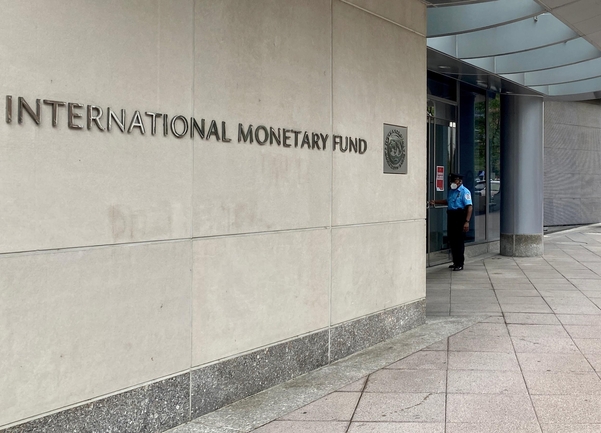Input 2021.02.07 11:26 | Revision 2021.02.07 11:34
Korea’s ratio of national debt to GDP is expected to increase by more than 24 percentage points (P) between 2015 and 2025. It is the 9th largest increase among 37 developed countries in terms of the International Monetary Fund (IMF) classification.
According to data from the International Monetary Fund (IMF) World Economic Outlook on the 7th, Korea’s national debt ratio is expected to reach 64.96% in 2025, from 40.78% in 2015.
The national debt ratio in the IMF data is based on general government debt (D2). It is an actual count from 2018 to 2020 for each country, and is forecast after 2021. According to this, Korea’s national debt ratio was 40.78% in 2015, 41.92% in 2019, 48.41% in 2020, 52.24% in 2021, 55.80% in 2022, 59.25% in 2023, 62.27% in 2024, 64.96% in 2025, etc. It is expected to rise.

However, when looking at the increase in the national debt ratio over the 10 years from 2015 to 2025, it is 24.18%P, ranking 9th out of 37 developed countries. It can be said that it belongs to one of the fastest among developed countries.
Looking at the increase in sovereign debt ratio in other developed countries over the same period, San Marino is the largest at 61.82%P, Singapore (34.82%P), Australia (33.20%P), Japan (32.65%P), New Zealand (32.59%P), and the United States. (32.25%P), the UK (30.05%P), and France (27.73%P) showed a greater increase in the national debt ratio than Korea.
On the other hand, Spain (19.51%P), Italy (17.29%P), Canada (15.05%P), Netherlands (-8.25%P), Germany (-12.66%P) and Portugal (-15.28%P) are smaller than Korea. . This is because even if the national debt ratio was temporarily increased during the Corona 19 period, after 2022, government debt was reduced to promote fiscal consolidation.
Once the national debt ratio increases, it is not easy to reduce it again due to low birthrates and rapid progress in aging. However, a country with a rapid increase in debt can be adversely affected by creditworthiness.
The rate of increase in Korea’s sovereign debt can adversely affect the sovereign credit rating. According to the Ministry of Strategy and Finance, international credit rating agencies Moody’s and Standard & Poor’s (S&P) are giving Korea the third highest credit rating, AA, and Fitch, one level lower AA-. This is the highest level ever since 1986, and Korea’s credit rating has never been lowered since the financial crisis.
However, Fitch said last year, “If Korea’s debt-to-GDP ratio increases to 46% in 2023, it could act as a downward pressure on the national credit rating in the medium term.” This year, the national debt ratio has already exceeded 46% and climbed to 47.3%, and is expected to reach 60% in 2024, the last year of the mid-term fiscal plan.
If fiscal soundness deteriorates due to a sharp increase in national debt, the credit rating may be lowered. Earlier in Japan and the United States, the fiscal situation deteriorated in the process of responding to Corona 19 last year, and the national credit rating prospects (based on S&P and pitch), respectively, which were’positive’ and’stable’, fell to’negative’ at once.
If the same problem persists, the credit rating outlook could lead to an actual rating downgrade. In March last year, Fitch lowered the UK’s national credit rating from’AA’ to’AA-‘. At the time, Fitch said, “This rating downgrade reflects not only the weakening of UK finances caused by the impact of Corona 19, but also the clear fiscal easing trend that has been evident from before.” Fitch lowered credit ratings in Canada and lowered credit ratings in Italy, Australia, and Hong Kong to reflect concerns that the fiscal deficit will increase in response to Corona 19 last year.
